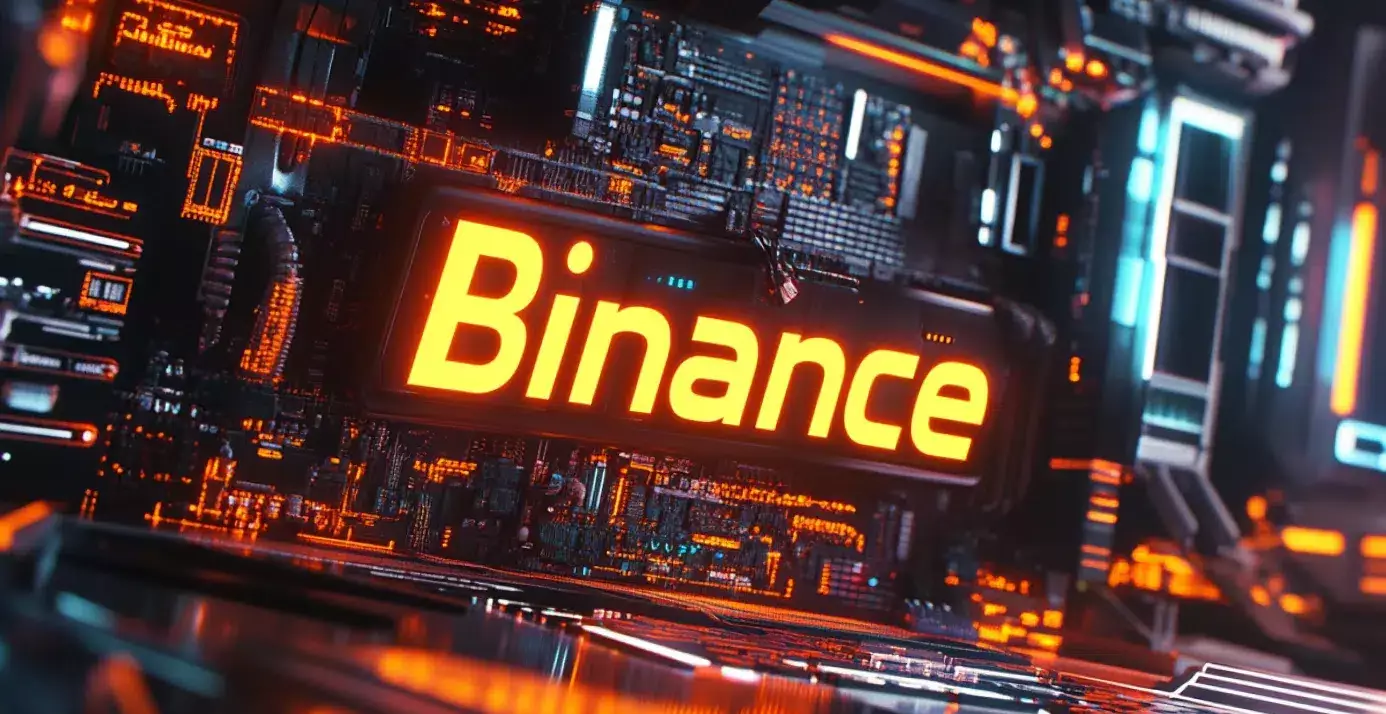In a bold maneuver that could redefine community engagement within the crypto sphere, Binance has unveiled its “Vote to Delist” feature. This initiative allows verified users to aid in determining which lagging tokens should be removed from its monitoring zones. While this approach ostensibly empowers the community, it raises urgent questions about its efficacy and long-term implications. Are we really ready to hand over such influence to a select group who can afford to engage in voting?
The Mechanics Behind the Vote
Starting March 21, 2025, Binance’s feature has opened up governance like never before, allowing users to influence the trading status of 27 tokens currently under scrutiny due to low liquidity and other concerning factors. Users with verified accounts and a minimum balance of 0.01 BNB can cast votes for up to five tokens in this delisting pool until March 27, 2025. However, voting eligibility itself raises eyebrows. Is it genuinely democratic when only those who hold a minimum threshold can participate? This form of voting could lead to a skewed representation, disregarding the voices of less affluent, yet potentially valuable, community members.
Community vs. Corporate Governance
While Binance champions this initiative as a move towards “listing governance,” one can’t ignore that these community votes won’t solely dictate outcomes. The platform will still maintain authority over the final decision-making process, weighing various factors such as project activity, trading volume, and regulatory compliance. This layered governance approach suggests a façade of community power while ultimately reserving significant control for the exchange itself. It appears, then, that Binance may be more interested in crafting a public relations win than actual democratic reform.
The Consequences of Delisting
The stakes are high, especially given Binance’s track record of delisting prominent cryptocurrencies like Monero and Filecoin over inadequate performance. Just recently, five tokens faced imminent removal, with market responses reflecting panic. For instance, the BurgerCities (BURGER) token dropped by an alarming 48.1% shortly after the announcement. The financial implications of a failed project being voted out can devastate investors and developers alike. This raises the question: does the community have the knowledge and foresight to handle such responsibilities effectively?
The Current Market Climate
This spectacle unfolds amid a broader downturn affecting major cryptocurrencies such as Bitcoin, Ethereum, and Cardano, whose values have dipped significantly. The total market cap of crypto assets fell by 3.8% to approximately $2.85 trillion. In this environment of uncertainty, will the community’s influence really drive change, or will it serve as a scapegoat for Binance when it chooses to delist struggling tokens?
In a marketplace where volatility reigns, the implications of the “Vote to Delist” feature remain largely uncharted territory. There’s a delicate balance between engaging the community and the core business interests that drive exchanges. With cryptocurrencies, the stakes are high, and every decision has the potential to echo beyond the confines of digital assets—reshaping not just individual portfolios but the very nature of trust in financial systems.














Leave a Reply